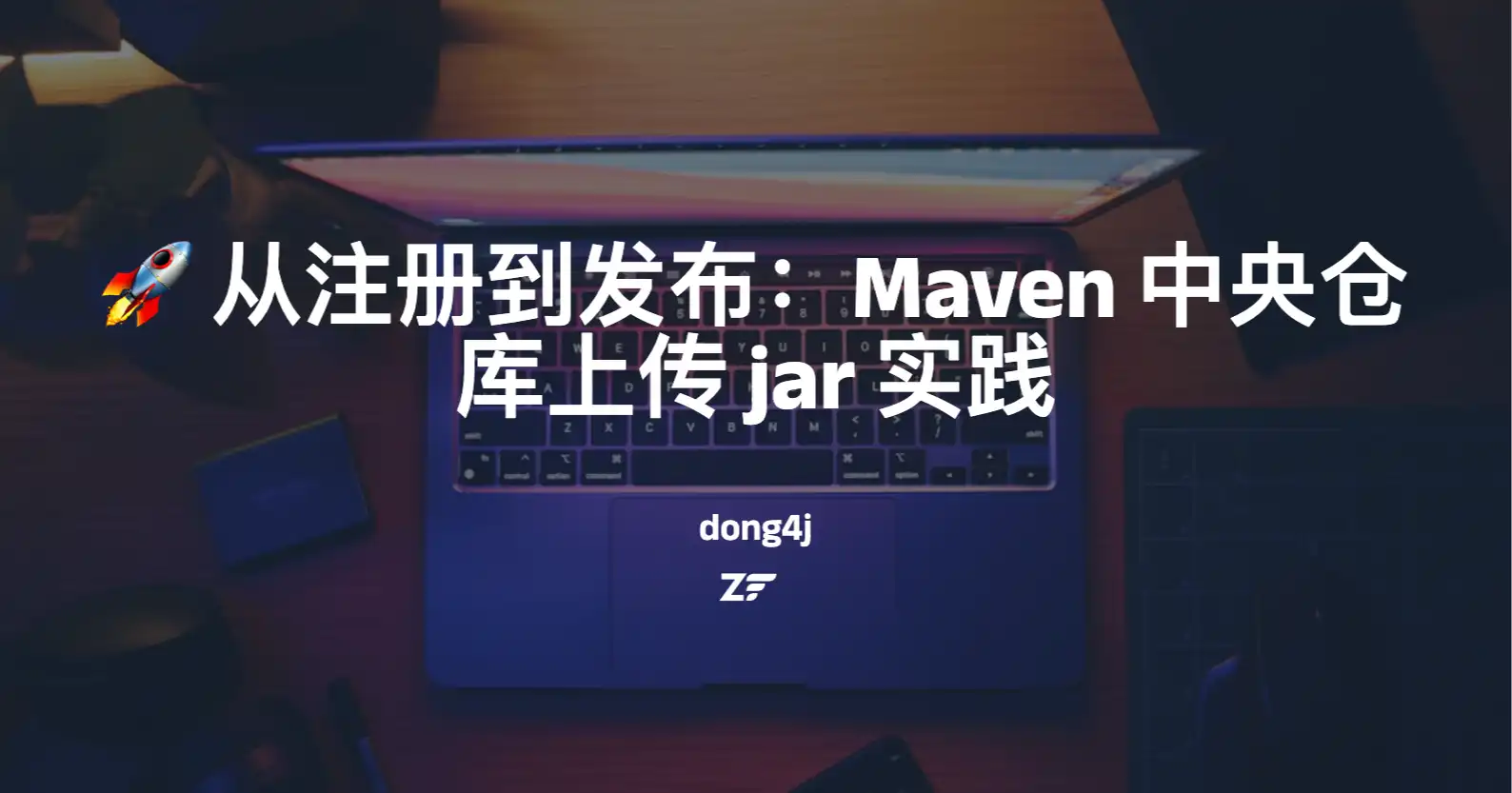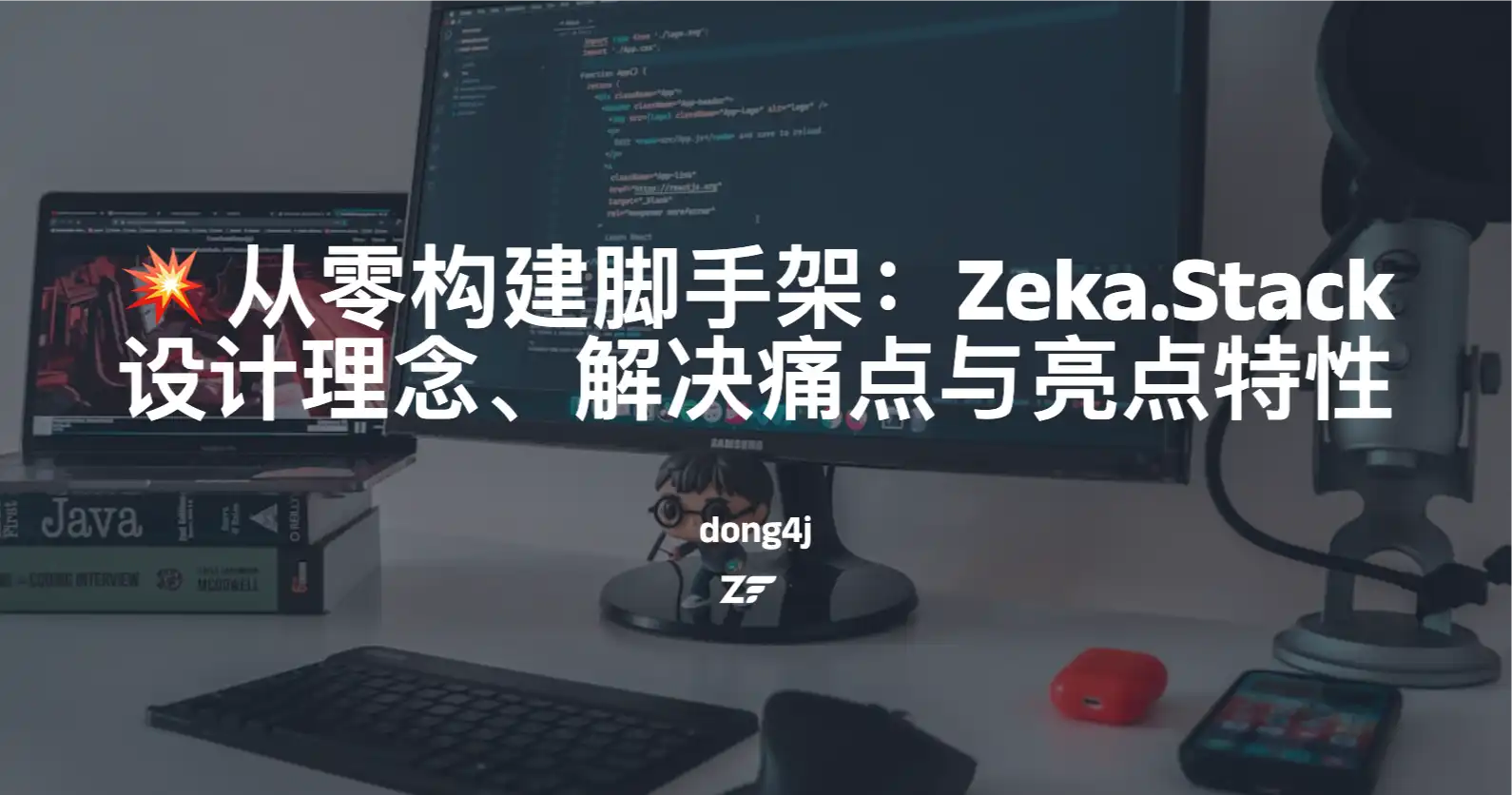SpringMVC SimpleMappingExceptionResolver 在 Spring 的配置文件 applicationContext.xml 中增加以下内容:
1 2 3 4 5 6 7 8 9 10 11 12 13 14 15 <bean class ="org.springframework.web.servlet.handler.SimpleMappingExceptionResolver" > <property name ="defaultErrorView" value ="error" > </property > <property name ="exceptionAttribute" value ="ex" > </property > <property name ="exceptionMappings" > <props > <prop key ="cn.basttg.core.exception.BusinessException" > error-business</prop > <prop key ="cn.basttg.core.exception.ParameterException" > error-parameter</prop > </props > </property > </bean >
使用 SimpleMappingExceptionResolver 进行异常处理,具有集成简单、有良好的扩展性、对已有代码没有入侵性等优点,但该方法仅能获取到异常信息,若在出现异常时,对需要获取除异常以外的数据的情况不适用。
HandlerExceptionResolver 增加 HandlerExceptionResolver 接口的实现类 MyExceptionHandler,代码如下: 1 2 3 4 5 6 7 8 9 10 11 12 13 14 15 16 17 public class MyExceptionHandler implements HandlerExceptionResolver { private static final Logger LOGGER = LoggerFactory.getLogger(MyExceptionHandler.class); public ModelAndView resolveException (HttpServletRequest request, HttpServletResponse response, Object handler, Exception ex) { try (PrintWriter writer = new PrintWriter (response.getWriter(), true )){ if (ex instanceof DataValidateException) { writer.println(ex.getMessage()); } else if (ex instanceof RuntimeException){ writer.println(ex.getMessage()); LOGGER.error("Errors.OPTION_ERROR" , ex); } } catch (IOException e) { LOGGER.error("getWriter error " , e); } return null ; } }
在 Spring 的配置文件 applicationContext.xml 中增加以下内容: 1 <bean id ="exceptionHandler" class ="com.xxx.server.web.interceptor.MyExceptionHandler" />
使用实现 HandlerExceptionResolver 接口的异常处理器进行异常处理,具有集成简单、有良好的扩展性、对已有代码没有入侵性等优点,同时,在异常处理时能获取导致出现异常的对象,有利于提供更详细的异常处理信息
@ExceptionHandler 增加 BaseController 类,并在类中使用 @ExceptionHandler 注解声明异常处理,代码如下: 1 2 3 4 5 6 7 8 9 10 11 12 13 14 15 16 17 @ExceptionHandler public String exp (HttpServletRequest request, HttpServletResponse response, Exception ex) { try (PrintWriter writer = new PrintWriter (response.getWriter(), true )){ if (ex instanceof DataValidateException) { writer.println(ex.getMessage()); } else if (ex instanceof SSDBHelperException){ writer.println(Errors.OPTION_ERROR); } else { writer.println(RespCode.EX_SERVER_INNER.getMessage()); LOGGER.error("Errors.OPTION_ERROR" , ex); } } catch (IOException e) { LOGGER.error("getWriter error " , e); } return null ; }
修改代码,使所有需要异常处理的 Controller 都继承该类,如下所示,修改后的 TestController 类继承于 BaseController 使用 @ExceptionHandler 注解实现异常处理,具有集成简单、有扩展性好(只需要将要异常处理的 Controller 类继承于 BaseController 即可)、不需要附加 Spring 配置等优点,但该方法对已有代码存在入侵性(需要修改已有代码,使相关类继承于 BaseController),在异常处理时不能获取除异常以外的数据
@ControllerAdvice 全局异常处理类
1 2 3 4 5 6 7 8 9 10 11 12 13 14 15 16 17 @ControllerAdvice public class GlobalExceptionHandler { private Logger logger = LoggerFactory.getLogger(GlobalExceptionHandler.class); @ResponseBody # 返回 json 数据 @ExceptionHandler(Exception.class) public Object handleException (Exception e) { logger.error(ExceptionUtils.getFullStackTrace(e)); String msg = e.getMessage(); if (msg == null || msg.equals("" )) { msg = "服务器出错" ; } JSONObject jsonObject = new JSONObject (); jsonObject.put("message" , msg); return jsonObject; } }
@ExceptionHandler 表示该方法可以处理的异常,可以多个,比如
@ControllerAdvice 和 @PropertySource @ControllerAdvice @ ControllerAdvice 是一个 @ Component,用于定义 @ ExceptionHandler 的,@InitBinder 和 @ModelAttribute 方法,适用于所有使用 @ RequestMapping 方法。 Spring4 之前,@ ControllerAdvice 在同一调度的 Servlet 中协助所有控制器。Spring4 已经改变:@ ControllerAdvice 支持配置控制器的子集,而默认的行为仍然可以利用。
在 Spring4 中, @ControllerAdvice 通过 annotations(), basePackageClasses(), basePackages() 方法定制用于选择控制器子集:
1 2 3 4 5 6 7 8 9 10 11 12 13 @ControllerAdvice(annotations = RestController.class) class ApiExceptionHandlerAdvice { @ExceptionHandler(value = Exception.class) @ResponseStatus(HttpStatus.INTERNAL_SERVER_ERROR) @ResponseBody public ApiError exception (Exception exception, WebRequest request) { return new ApiError (Throwables.getRootCause(exception).getMessage()); } }
@PropertySource Spring 4 是和 @Configuration 协同,提供一个增加 name/value 属性的配置方式。
1 2 3 4 5 6 7 8 9 10 11 12 13 14 15 16 17 18 @Configuration @**PropertySource**("classpath:/datasource.properties" ) public class DefaultDataSourceConfig implements DataSourceConfig { @Autowired private Environment env; @Override @Bean public DataSource dataSource () { DriverManagerDataSource dataSource = new DriverManagerDataSource (); dataSource.setDriverClassName(env.getRequiredProperty("dataSource.driverClassName" )); dataSource.setUrl(env.getRequiredProperty("dataSource.url" )); dataSource.setUsername(env.getRequiredProperty("dataSource.username" )); dataSource.setPassword(env.getRequiredProperty("dataSource.password" )); return dataSource; } }
RESTEasy RESTEasy 是 JBoss 提供的一个 Restful 基础框架,使用它我们可以很方便的构建我们的 Restful 服务,而且它也完全符合 Java 的 JAX-RS2.0 标准,很多第三方 Restful 框架也都是基于 RESTEasy 开发的。
在任何框架中都不可避免的涉及到异常处理,Restful 框架也是如此。按照我们一般传统异常处理方式,在 Restful 的最外层,我们一般会对所有的业务调用都加上 try catch,以免异常被用户接收到,比如我们有这么一个 Restful 服务:
1 2 3 4 5 6 7 8 9 10 11 12 13 14 15 16 17 18 19 20 21 22 23 24 25 26 27 28 29 import javax.ws.rs.GET;import javax.ws.rs.Path;import javax.ws.rs.PathParam;import javax.ws.rs.core.Response;import org.jboss.resteasy.spi.validation.ValidateRequest;@Path("/rest") public class UserApi { @Autowire UserService userService; @Path("/users/{id}") @GET @ValidateRequest public Response getUserBId ( @PathParam("id") String id ) throws RuntimeException { try { User user=userService.getUser(id); } catch (IllegalArgumentException e) { return Response.status(Status.BAD_REQUEST).entity(exception.getMessage()).build(); } catch (Exception e) { return Response.status(Status.BAD_REQUEST).entity(exception.getMessage()).build(); } return Response.ok().entity("User with ID " + id + " found !!" ).build(); } }
上面 UserApi 接口中的 getUserBId() 方法调用了 userService.getUser() 服务,这个服务会抛出一些异常,UserApi 需要捕获异常并返回客户的一个错误的响应。还有一点我们一般会在 API 层 catch 一个 Exception 异常,也就是捕获所有可能发生的异常情况,以免前端出现不友好的错误提示。
这么做也没什么问题,但是我们的接口不只是一个,每个接口需要进行 try catch 来处理异常,这么做显然不符合我们的编程思想,我们希望把所有异常集中到一个地方处理。
如果我们的 Restful 框架是基于 RESTEasy 的,那么我们就可以使用 ExceptionMapper 来实现一个通用异常处理类。
ExceptionMapper ExceptionMapper 是 provider 的一个协议,它会将 Java 的异常映射到 Response 对象。所以要进行通用异常处理,我们只需要写一个类来实现 ExceptionMapper 接口,并把它声明为一个 provider 即可:
1 2 3 4 5 6 7 8 9 10 11 12 13 14 import javax.ws.rs.core.Response;import javax.ws.rs.core.Response.Status;import javax.ws.rs.ext.ExceptionMapper;import javax.ws.rs.ext.Provider;@Provider public class MyApplicationExceptionHandler implements ExceptionMapper <MyApplicationException>{ @Override public Response toResponse (Exception exception) { return Response.status(Status.BAD_REQUEST).entity(exception.getMessage()).build(); } }
上面的 ExceptionMapper 的实现已经写好了,下面我们写个 Restful API 来 测试 下:
1 2 3 4 5 6 7 8 9 10 11 12 13 14 15 16 17 18 19 20 21 22 23 24 import javax.ws.rs.GET;import javax.ws.rs.Path;import javax.ws.rs.PathParam;import javax.ws.rs.core.Response;import org.jboss.resteasy.spi.validation.ValidateRequest;@Path("/rest") public class UserApi { @Autowire UserService userService; @Path("/users/{id}") @GET @ValidateRequest public Response getUserBId ( @PathParam("id") String id ) throws RuntimeException { try { User user=userService.getUser(id); } catch (IllegalArgumentException e) { throw new RuntimeException ("id is not a number !!" ); } return Response.ok().entity("User with ID " + id + " found !!" ).build(); } }
在这个接口中,我们并没有对异常做特殊处理,也没有 catch 一个 Exception 异常,仅仅是把异常抛出,而所有的异常处理都集中在了 MyApplicationExceptionHandler 中。
























